Outdoor Photography: A Q&A with Jonathan House

'Photo courtesy of Jonathan House'

Photo courtesy of Jonathan House
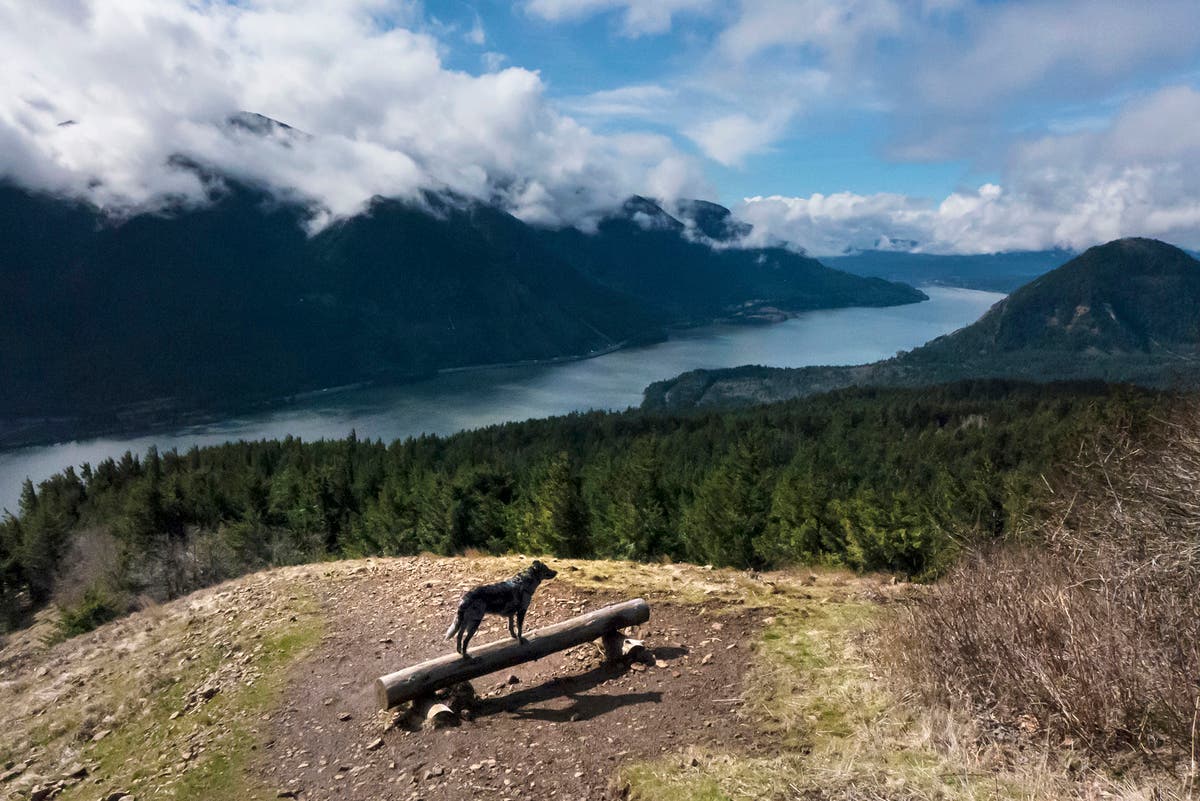
Photo courtesy of Jonathan House
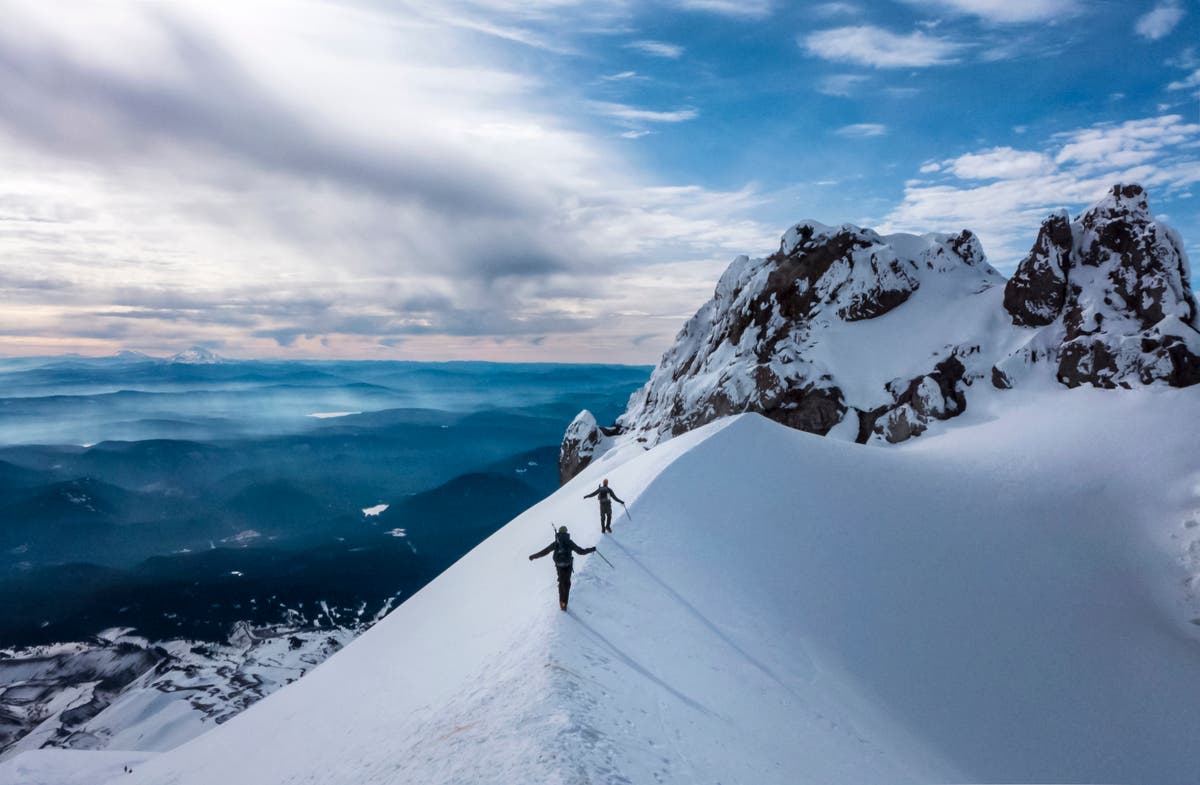
Photo courtesy of Jonathan House
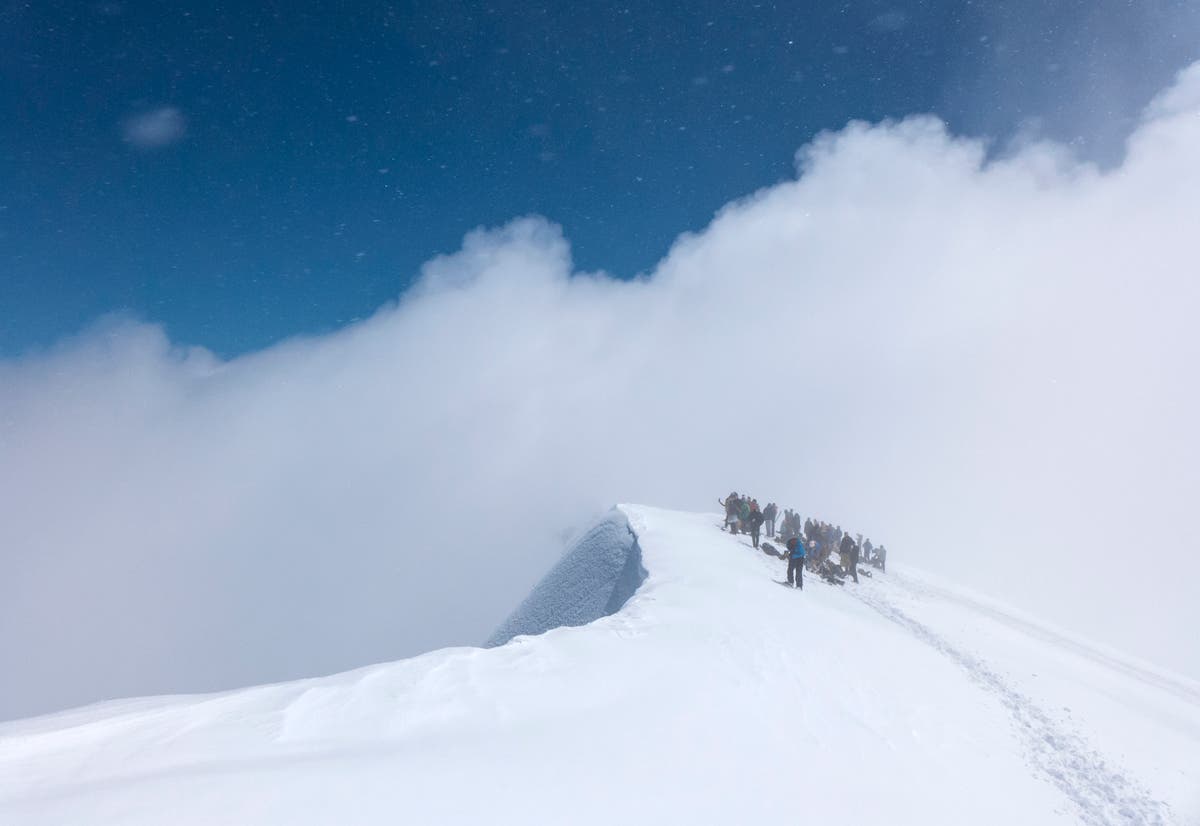
Photo courtesy of Jonathan House
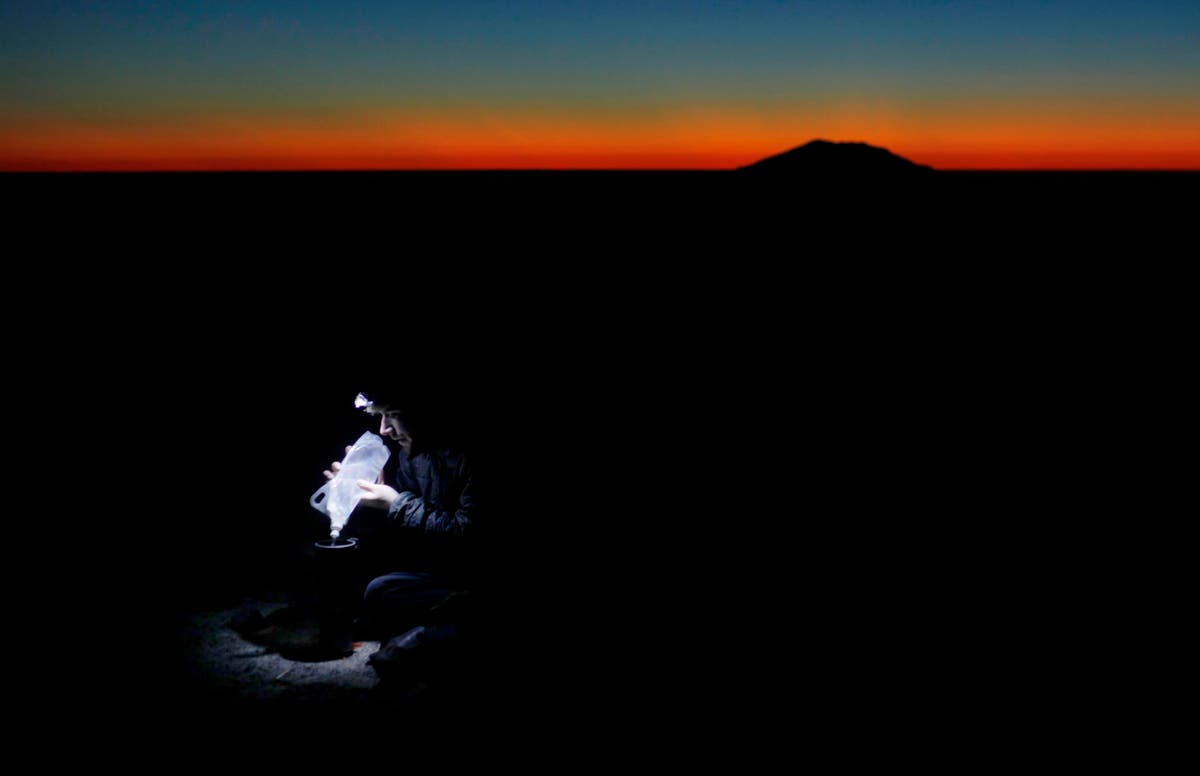
Photo courtesy of Jonathan House

Photo courtesy of Jonathan House

Photo courtesy of Jonathan House

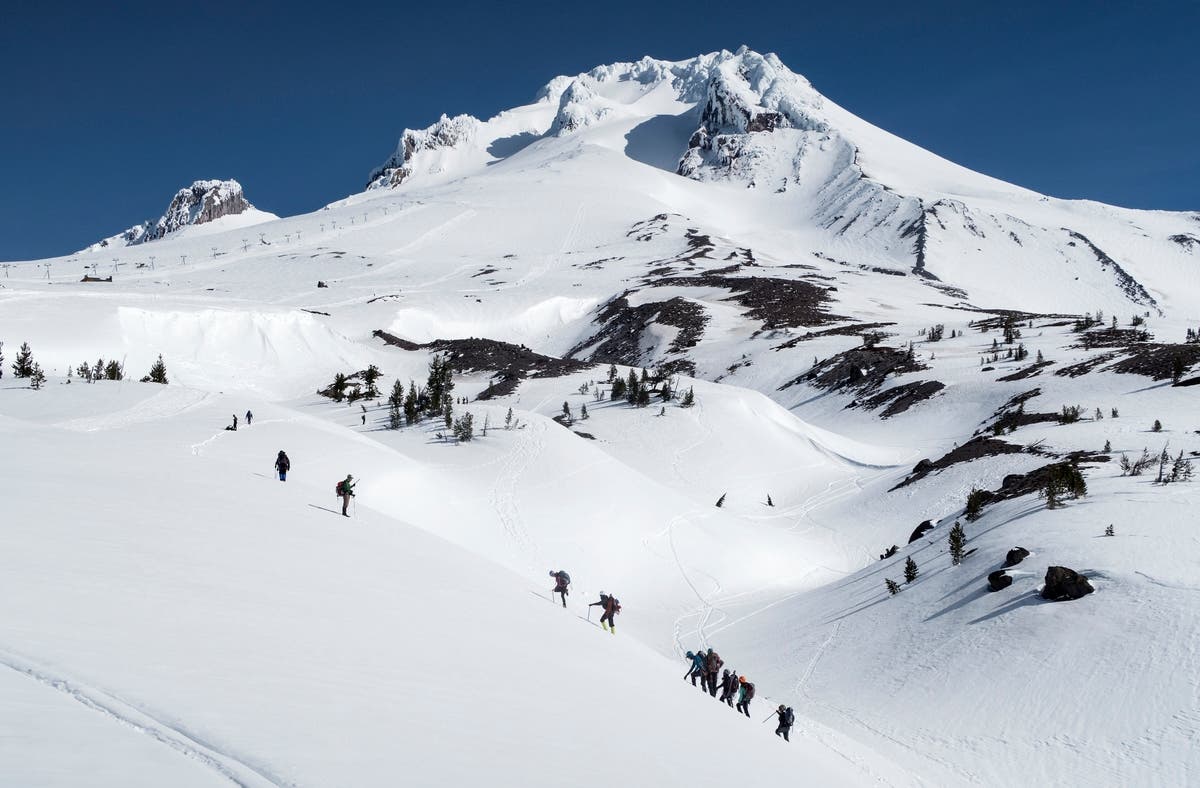
Photo courtesy of Jonathan House

Photo courtesy of Jonathan House
Photography: the practice of taking and processing photographs. Yes, that definition concisely explains what photography is in a general sense, but it really only scratches the surface. In many ways, photography is more art than science, and, because of this, there’s a lot of room for interpretation. So many people snap photos but so few actually tell a story through photography. Jonathan House is one of the latter.
House is a photojournalist based in the Portland, OR region since 2005. He shoots for the Portland Tribune and is also a commercial and editorial freelancer. He started taking photos back in high school, messing around with his dad’s old Asahi Pentax K1000 SLR camera, eventually working for his high school and college newspapers. He’s self-taught, save for a single photography class at age sixteen.
He’s the type of photographer that can take a simple shot and turn it extraordinary, the type of photographer that makes you think of retiring your camera for good after perusing his portfolio. I, for one, am interested in taking my outdoor photography skills up another level (or two, or three), so I recently sat down with him to pick his brain about photography, and specifically, about taking pictures outdoors.
Do you miss working in the darkroom?
Yes, but also no. It’s kind of a mixed bag for me. Growing up developing my own negatives gave me a sense of the process and helped me understand [photography] in a way that maybe someone today taking pictures with their smartphone, for instance, wouldn’t. They may not understand basic parts of the photo — aperture, shutter speed, etc. — or things like film sensitivity. The general ‘just being in the darkroom’ was also very relaxing and calming — that aspect that I certainly miss. Today it’s just shoot, shoot, shoot and then you’re throwing it on the computer and then you’re editing it. There’s no “in between” anymore.
What is your brand (for camera equipment) of choice?
I shoot Canon — have been since 1998. But generally speaking, your passion and ability is more important than any particular brand.
Do you have a preference between taking photos outdoors vs. indoors?
In one sense I prefer the outdoors because, well, I get to be outdoors while I’m shooting, and that’s what I love. But as far as the end result goes, indoors or outdoors doesn’t matter to me. Experientially though, I’d much rather be outside shooting. But I think indoors has it’s own interesting dynamic, too.
In one sense, shooting indoors can be much more difficult because you could be dealing with mixed lighting, different color temperatures, shadows, no windows, etc. So, at least from a photojournalist aspect, [being indoors] can create an environment where it is much tougher to make a photo. Sometimes natural landscapes are rather easy in the sense that they’re already there and they already look good. Sometimes you have to work a lot harder with what you’re given on an indoor shoot.
Do you have a favorite spot or spots to photograph outdoors?
That’s tough to narrow down… I love the [Columbia River] Gorge and Mount Hood and I could keep making photos out there because, to me, they’re very personal. But while I feel like I know them very well, in other ways I feel very small and insignificant in them, and I love that duality… So if I have to choose, those two spots are definitely my favorites.
Do you hike to photograph? Photograph to hike? That is, does one often lead to the other are they always combined?
It’s so hard for me to divorce one from the other. My first really “big” experience in the outdoors was on [Mount St.] Helens and it was a day where we climbed above the clouds as they were coming in and out and I’d never seen anything like that in my life. I took some photos that I really liked but I didn’t really regard the experience in a photographic way at the time. Since then, I always have had some type of camera with me, but I rarely go out specifically trying to make a particular type of photo.
The vast, vast majority of times I’m not going outside just to make a photo. Generally, I’m out there because I want to hike … because I want to be outdoors. I always bring my camera though, because I always feel like I can make something while I’m out there. But I find it more interesting to not plan ahead. I mean, I always want to make a great photo when I’m out, but it’s rarely the main purpose of the trip.
In your experience, can you “plan” a great shot. That is, with enough research, patience, gear, etc. can you craft a great shot no matter what?
Yes, you can [plan a shot]. It kind of goes back to the fundamental question, “what do I want out of this?” As landscape photographers know, generally speaking your best light is going to be early in the morning or late at night. If you want to shoot astrophotography, then, of course, the middle of the night with no moon [is ideal]. And you’re trying to think about all the factors that are involved in making a great shot — do I want morning light? do I want evening light? What am I trying to convey? From there, answering those questions, you can reverse the process, drill down, and figure out how to achieve those results.
If you have an objective in mind and you know specifically where you want to go and what you want to shoot … it’s just trying to figure out the technical details of the shot. You can absolutely prepare, but at the same time, I love “happy accidents” as well.
What is one quick tip would you give an amateur who wants to start taking better photos.
Trying to figure out what you want to convey with your photography can go a long way. What’s your passion? What style of photography speaks to you? But even more specifically: if you want to get better, than you need to shoot, shoot, shoot. Learn how to shoot with all-manual settings. Your camera is merely a tool, and through lots of practice you want the usage of that tool to become second nature, so you’re not spending so much time on the nitty gritty operations (which dial does what, how do I change this function, what aperture should I be using, etc.) of it. Also, shoot in RAW. It’s the digital equivalent of having a negative.
What’s one quick tip specifically for shooting outdoors?
Just to first quickly impart a philosophical tip, I was once told in college, “write with your heart but edit with your head,” and I think this equally applies to photography: shoot with your heart, but, at the same time, when you’re editing, try as best you can to divorce yourself from the feeling of the experience. Ask, “is this actually a good photo or is this a ‘good photo’ because I just did this crazy, awesome thing and then I took a photo of it, and it therefore just reminds me of how crazy and awesome it is?”
Sometimes I’ll see someone share a photo that they think is really fantastic, but it’s just not — maybe it was a really long day, maybe they did a 20 or 25-mile hike, and they’ve attached a strong personal emotion to it. They think that the photo is better than it actually is. I struggle with this too. How do I balance my personal photographic style, while also not always doing the same thing over and over?
But since I haven’t really answered the question yet … one quick outdoor tip is no matter what camera you bring on your adventure, find a way to attach it to your body or the outside of your bag. A camera stored in your backpack is inconvenient and it may as well not be there at all. It’s one of the reasons that I like using a smaller camera that fits in my hip belt. I can’t use the excuse of being too much in a hurry, or too tired or whatever, to stop and take my pack off to get to my camera.
Oh, and once again, always shoot in RAW.
How has social media changed photography?
Well, it has certainly changed the signal-to-noise ratio. I’d say it’s been both good and bad. I remember when Instagram first came out, many professional photographers were warning not to put your work up on Instagram for free, but now it seems that just about everyone has some sort of Instagram presence. This certainly wasn’t the case even just a few years ago. Today, most [photographers] regard Instagram more as a marketing opportunity, and less as giving away free photography to the masses. There’s definitely such heavy pressure to show your work on social media … but you still have the older vets that won’t touch [social media] at all. I don’t think many really saw what [Instagram] was going to become.
In a non-professional sense [social media] has become valuable to me in connecting with like-minded folks. I personally started on Instagram because I loved getting outdoors, and I just wanted to share those photos, while finding other people that were doing the same. And that was pretty much it … that’s really the only reason why I was interested in it. It’s evolved a bit now, and I’ve started occasionally posting some professional work as well, but I’m still trying to find the balance between the two as best as I can.
If you could leave right now on assignment, anywhere in the world (all expenses paid), where would you go?
That’s tough … I would love to see China, would love to see Patagonia and the mountains of South America … Africa, too … but probably the Himalayas would have to be at the top because I know that one day I’ll be going there. The attraction to be there is just too strong. It may not be the first place I visit but it’s at the top of the list.
If the tables were turned and you were interviewing a photographer right now – say, Jimmy Chin – what one question would you ask?
Because [Chin] is associated with outdoors and more extreme stuff, it would definitely be about his preparation, his mindset going into a project. Also, I’d ask him: “what would you have done differently 10, 20 years later versus your first assignment? How do you approach a project today versus a decade ago?”
OK, now I’m stealing your Chin question and asking you. It’s your turn: How do you approach a project today versus a decade ago or 15 years ago?
Well, if I could start over today, I would just spend more time being patient with my subjects. Listening to people talk and hearing their stories – it’s such a great attribute for a photographer. You learn so much and you really start to feel like you’re learning the truth about whatever it is you’re covering when you actually listen and are not just taking pictures. I think that’s one of the biggest lessons that any great photographer ends up learning.
Some photographers will spend years following up over and over on a single story. Spending time with your subjects, and not coming across as if the only reason you’re there is to snap a photo, but to actually tell their story is important. It all starts with listening.